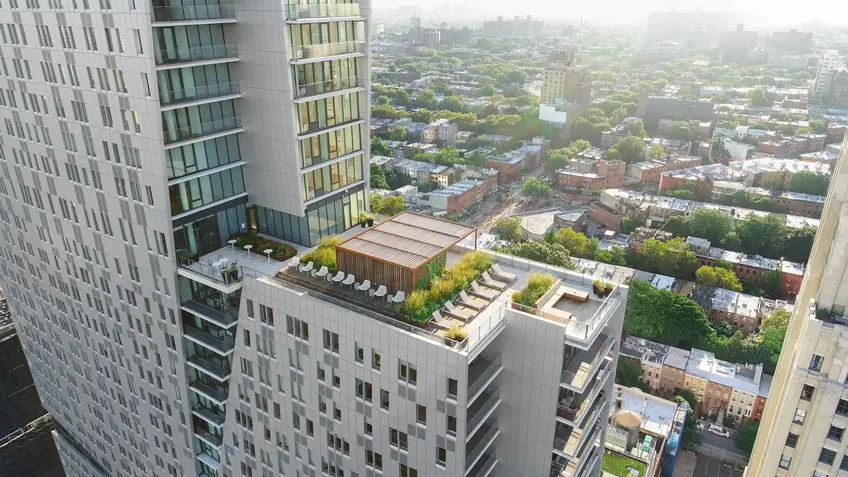 300 Ashland in Fort Greene, Brooklyn has stabilized units designated as part of the city’s affordable housing program
300 Ashland in Fort Greene, Brooklyn has stabilized units designated as part of the city’s affordable housing program
In this article:
What Is Rent Regulation?
Over the decades, rent regulation has evolved into two main systems: rent control and rent stabilization. Both aim to protect tenants—but they operate a little differently.
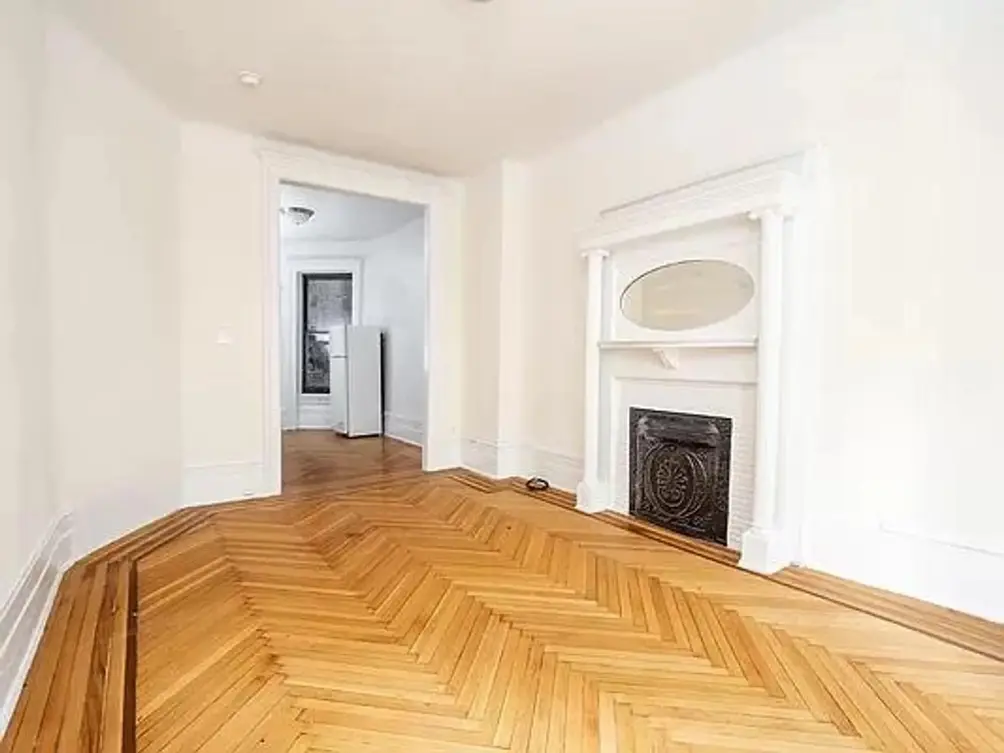 The Monte Sano, #40 (City Connections Realty Inc) | https://cityrealty.com/n/I2728409
The Monte Sano, #40 (City Connections Realty Inc) | https://cityrealty.com/n/I2728409
Rent Control vs. Rent Stabilization
Does Rent Stabilization Last Forever?
Until 2019, landlords could kick units out of the rent-stabilized system under certain conditions, like if the rent was over $2,700 and the tenant either moved out (vacancy deregulation) or was making more than $200K a year (income deregulation). But then came the Housing Stability and Tenant Protection Act of 2019, which has made it much more difficult for landlords to destabilize units.
Now, most stabilized units stay stabilized unless the building leaves a tax benefit program, gets demolished, or undergoes serious legal changes. Landlords can still raise rents a bit for major renovations—like putting in a new roof or replacing your 1970s avocado-green stove—but even those increases are limited and regulated more strictly than before.
The legislation remains controversial, with many landlords arguing that the limited rent increases allowed under the law don’t cover the cost of renovations and building upkeep—prompting some owners to leave units vacant altogether.
How Do You Actually Find One?
In older buildings, landlords might not advertise stabilization at all. In fact, some might not even mention it if they think you won’t ask. If you're moving into a building with six or more units built before 1974, do your homework. Start by checking out AmIRentStabilized.com or requesting your apartment’s rent history from NYC’s Housing and Community Renewal (HCR). This can show if the apartment is stabilized and if you’re being charged the correct legal rent.
In newer buildings, stabilized units are often part of the city’s affordable housing program and offered through a lottery system. You can track those listings at NYC Housing Connect, where new apartments hit the market regularly. Just keep in mind: there are income requirements, and the competition is real.
Select Rent-Stabilized Listings
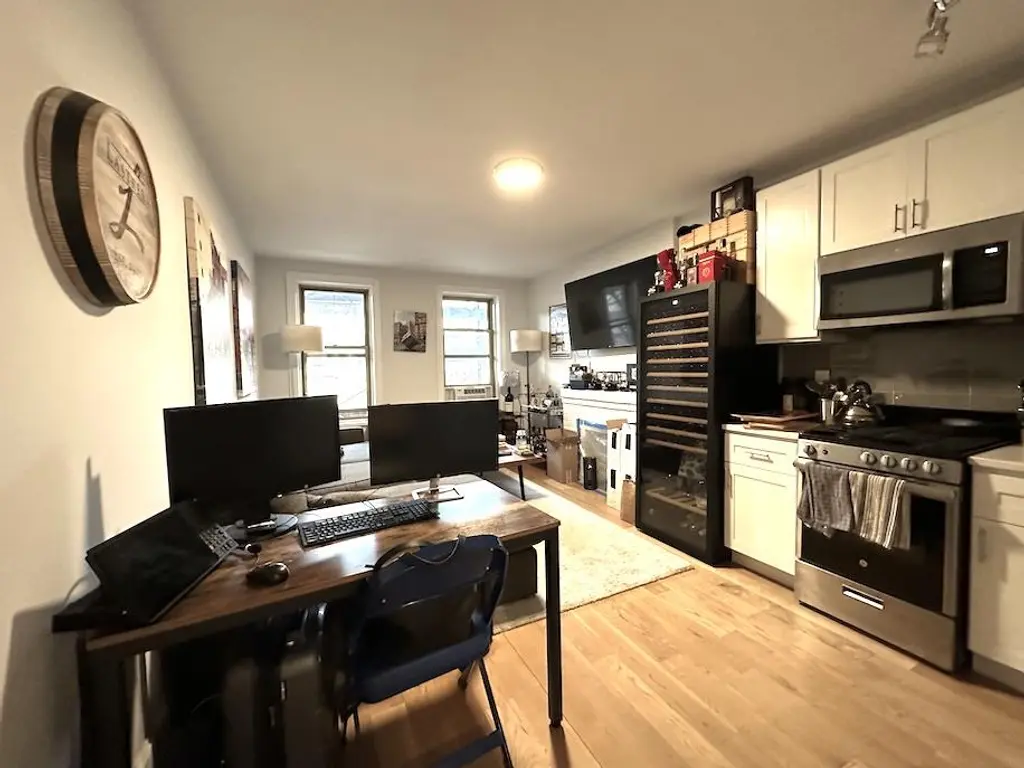

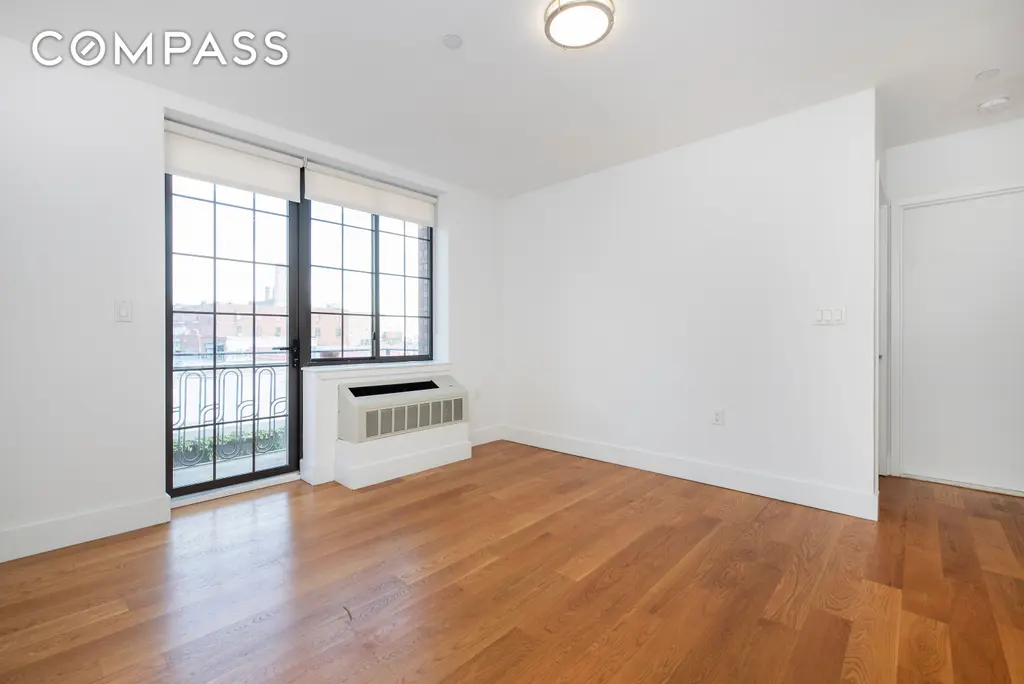
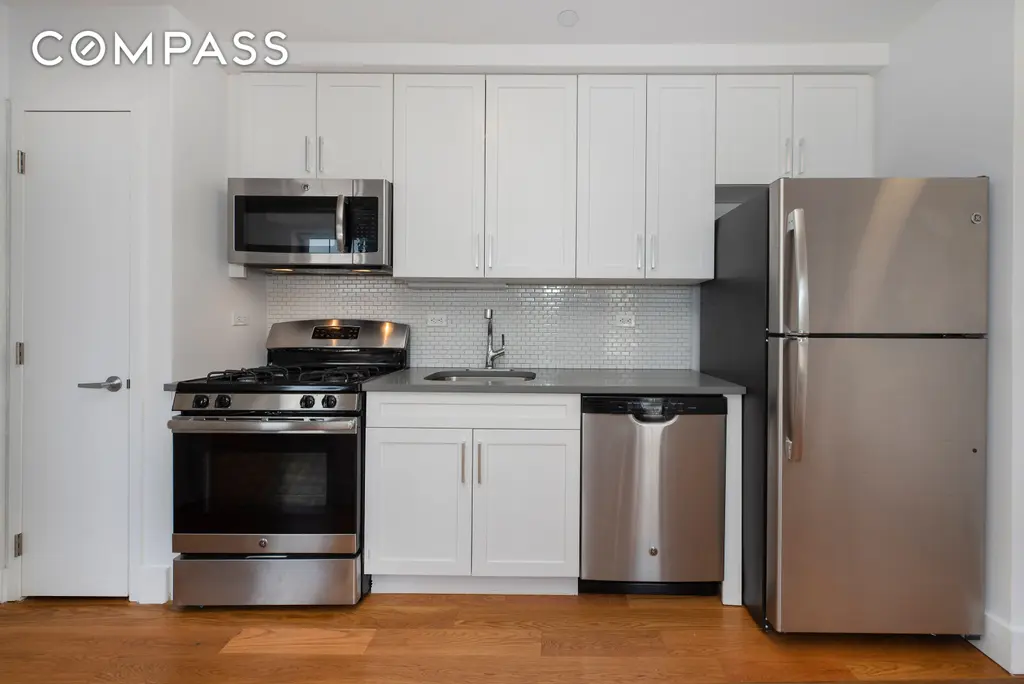
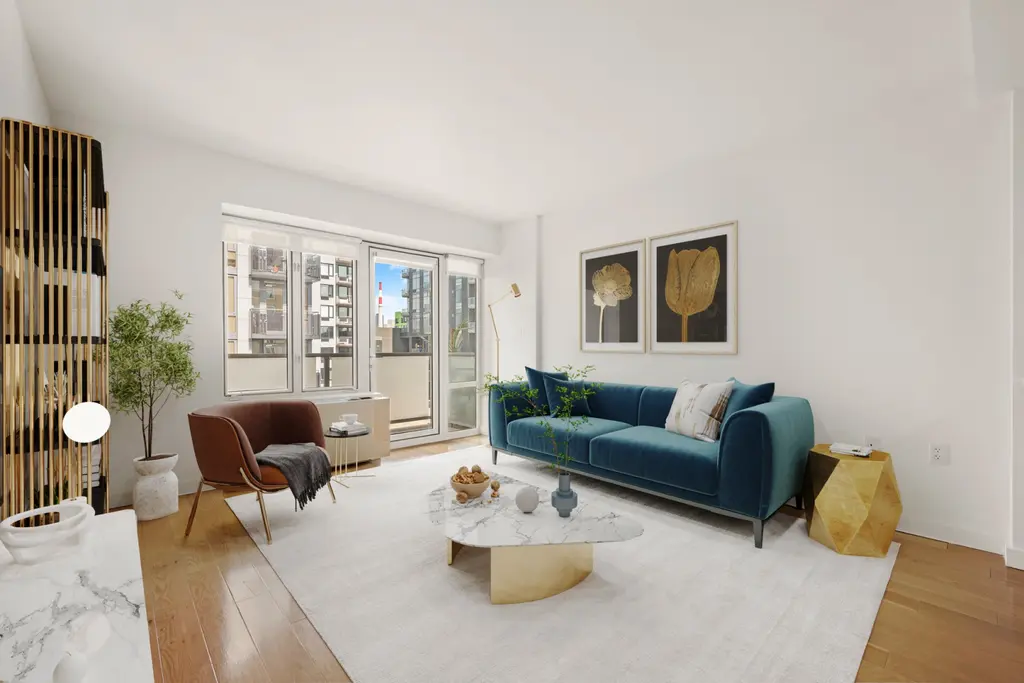
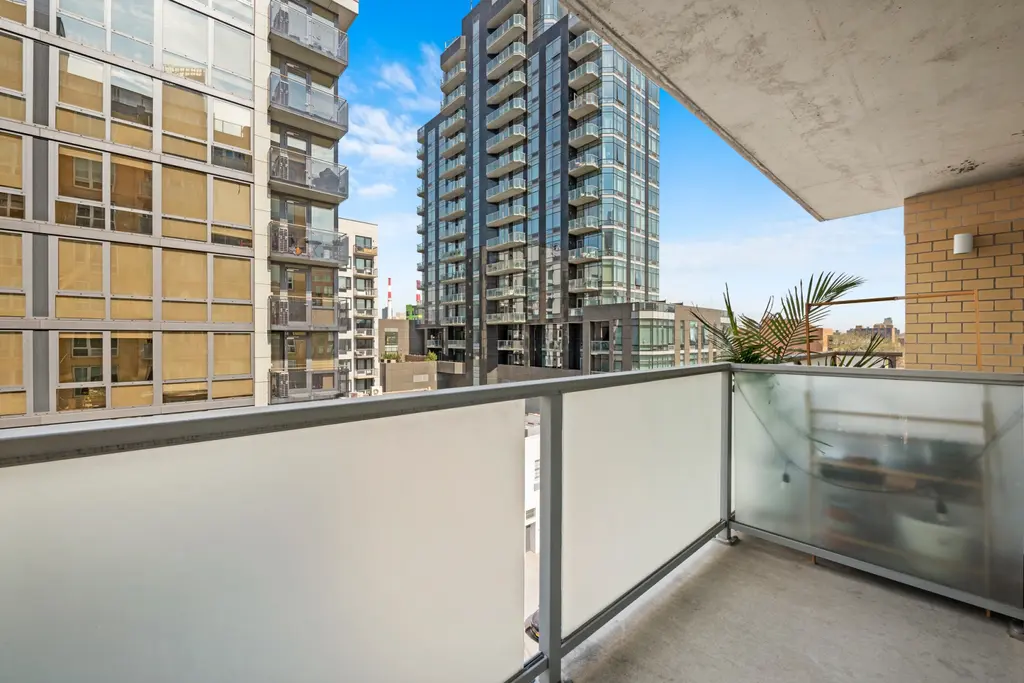
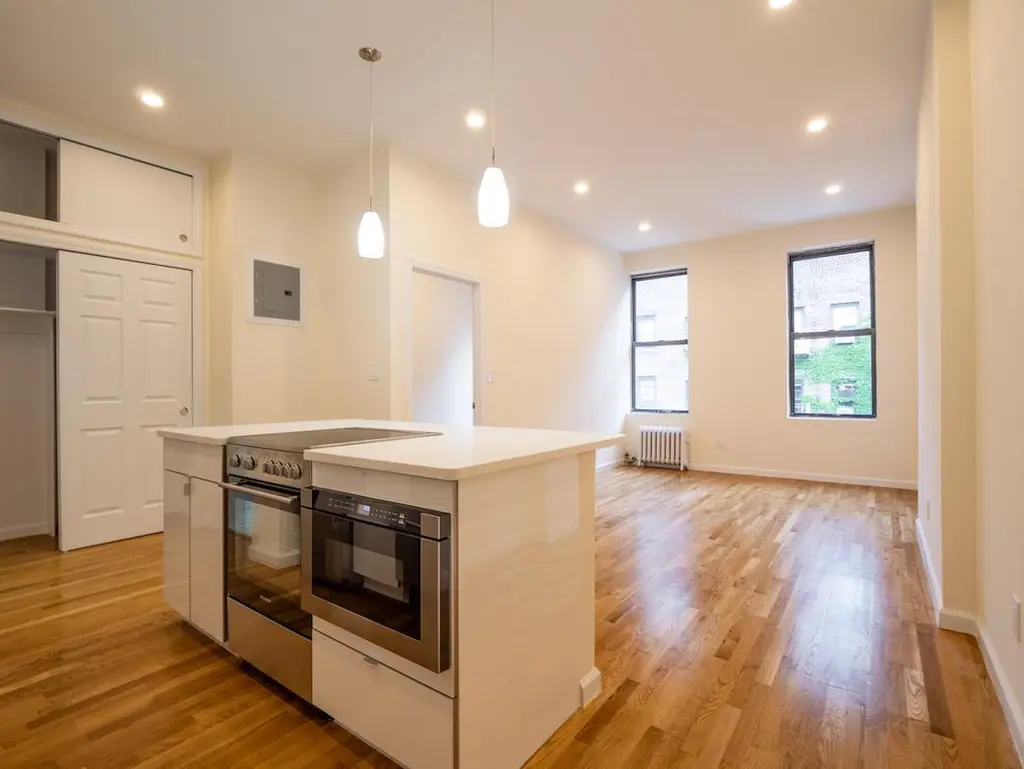

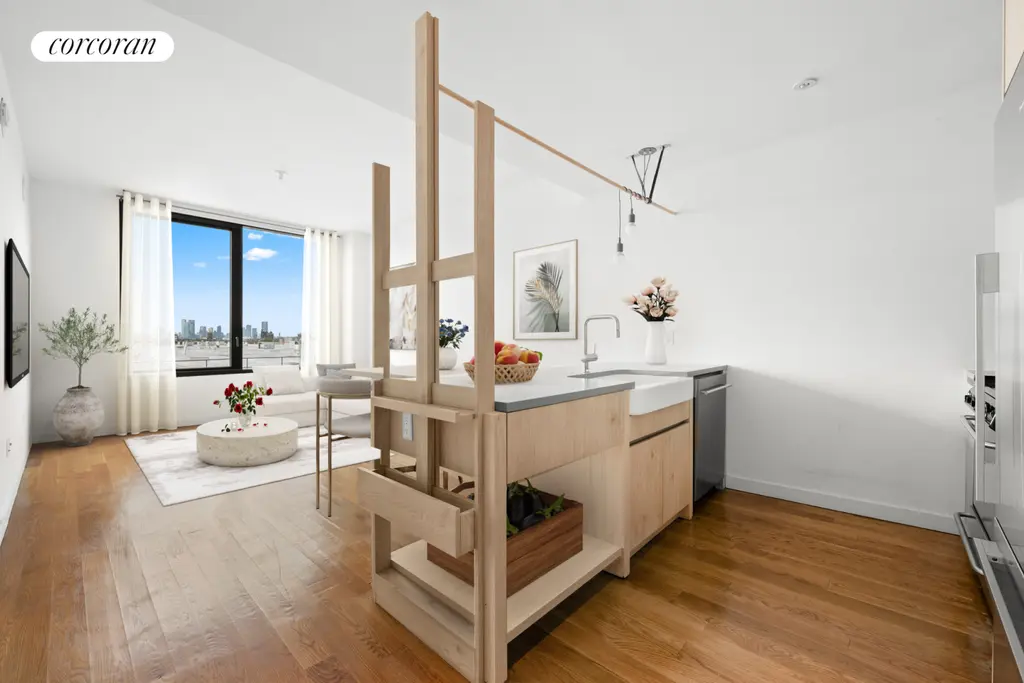
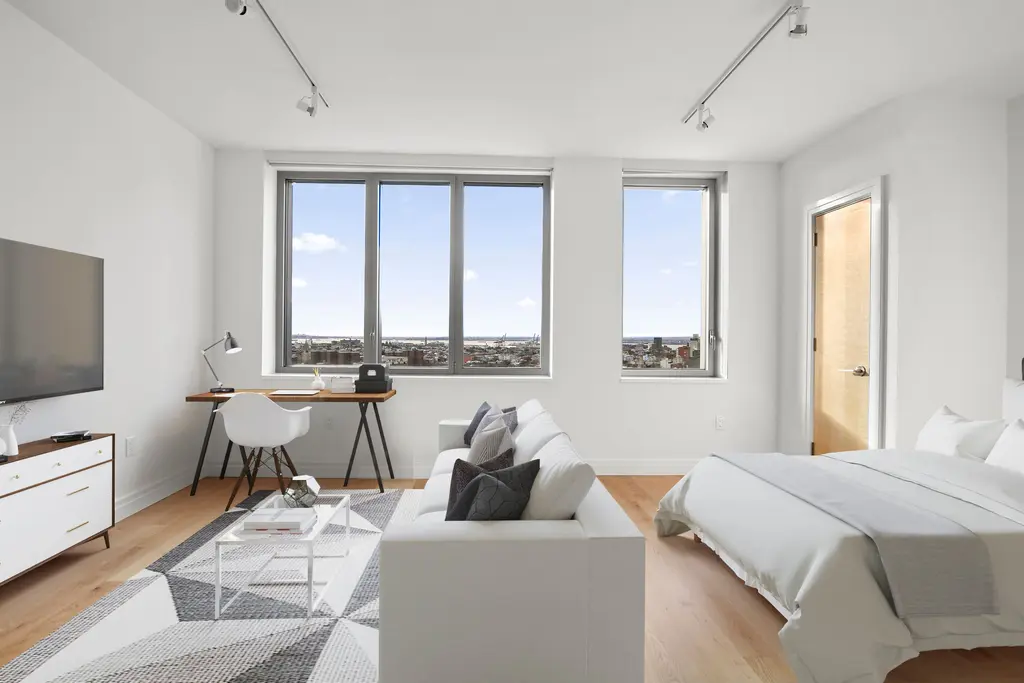
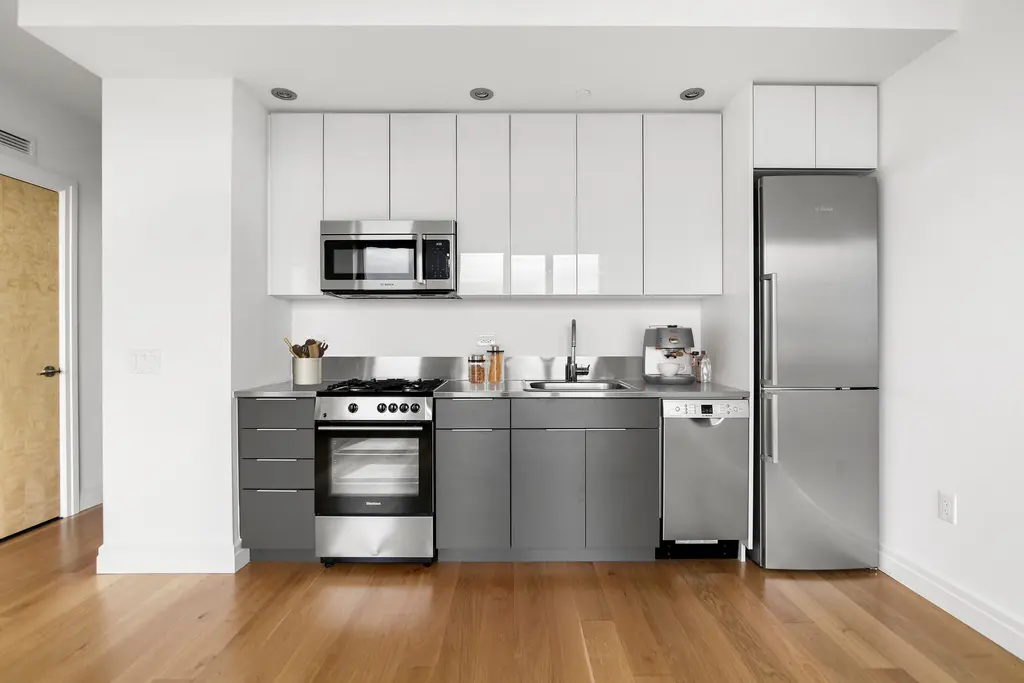
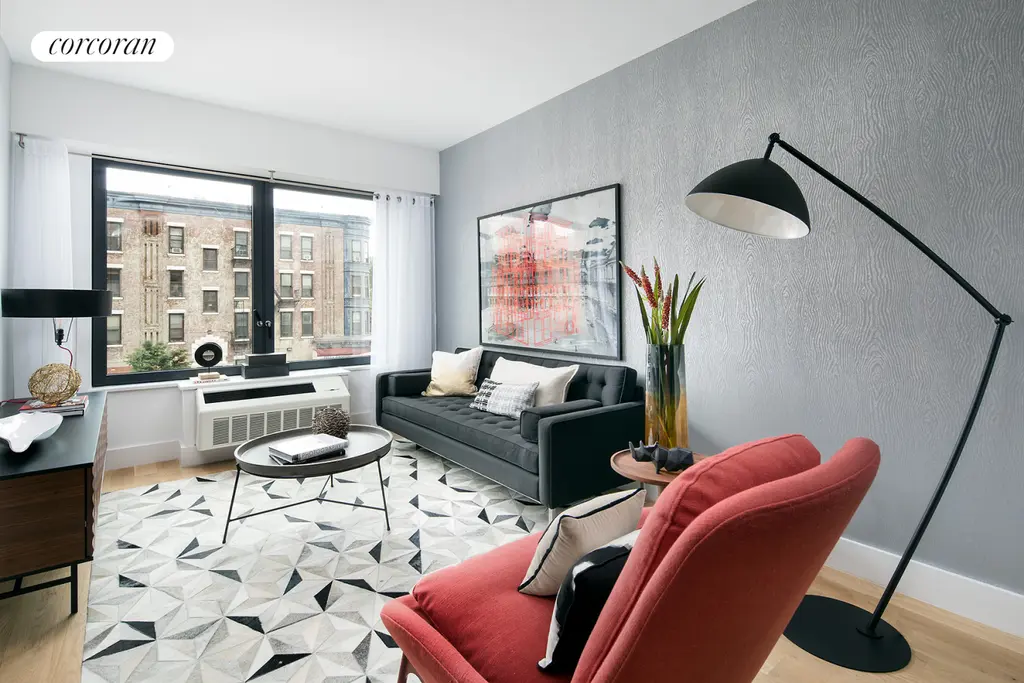

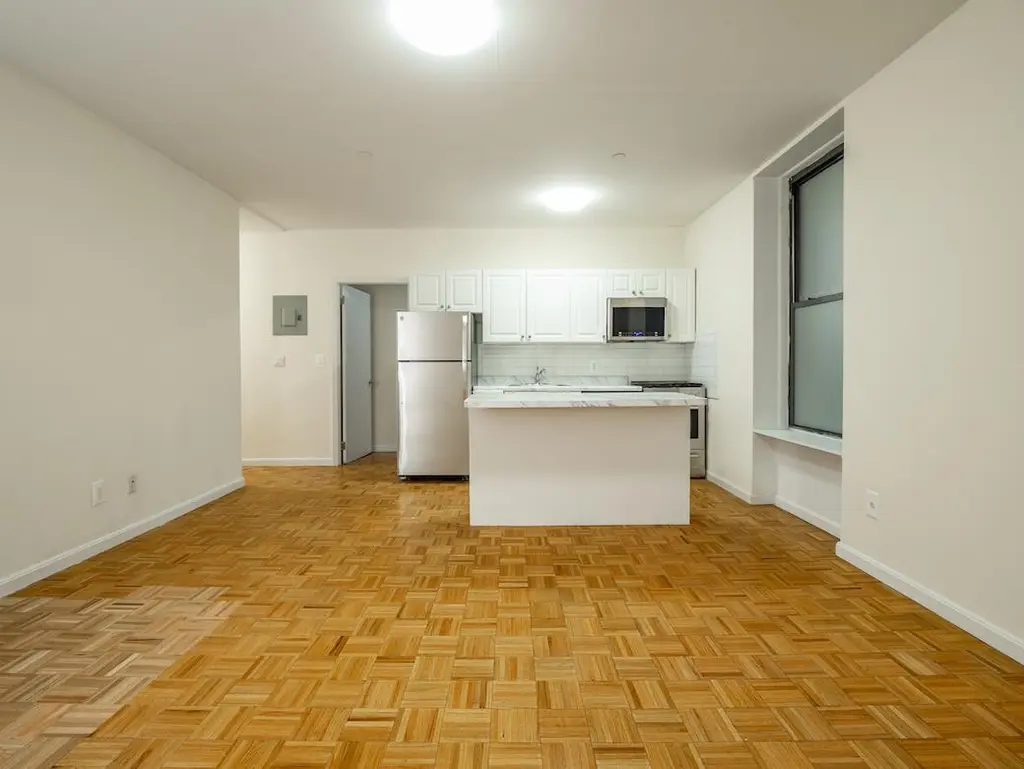

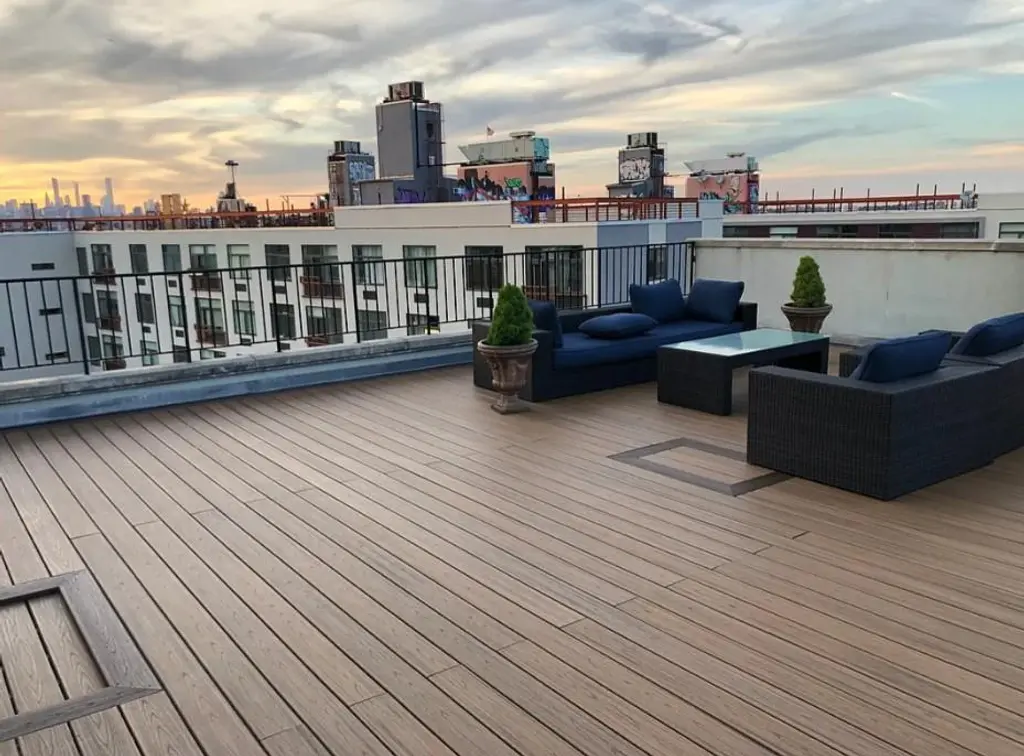
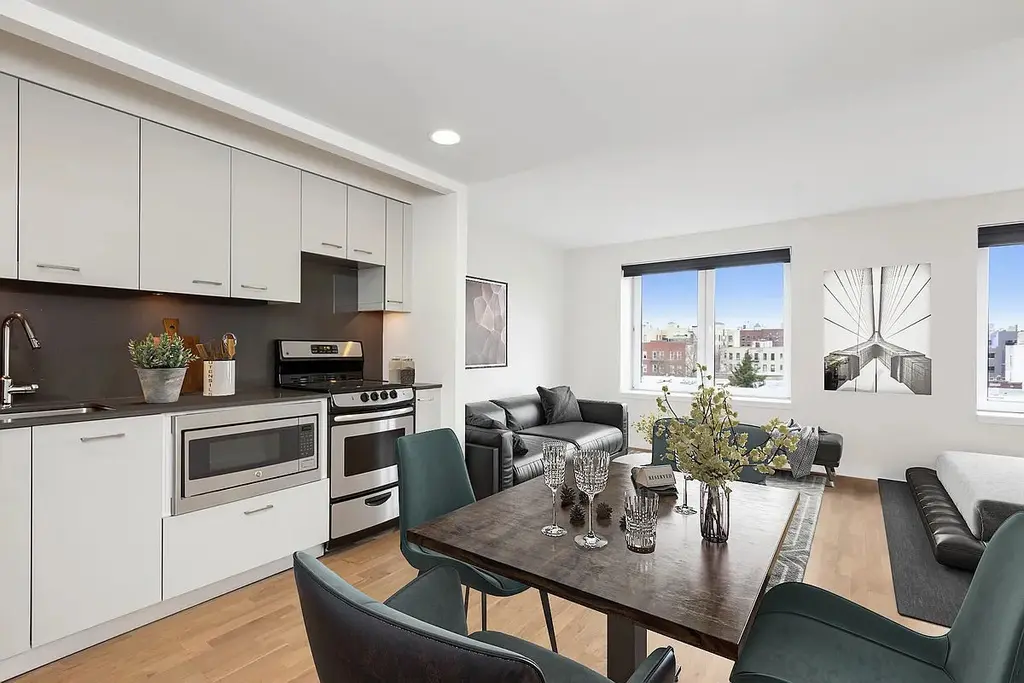
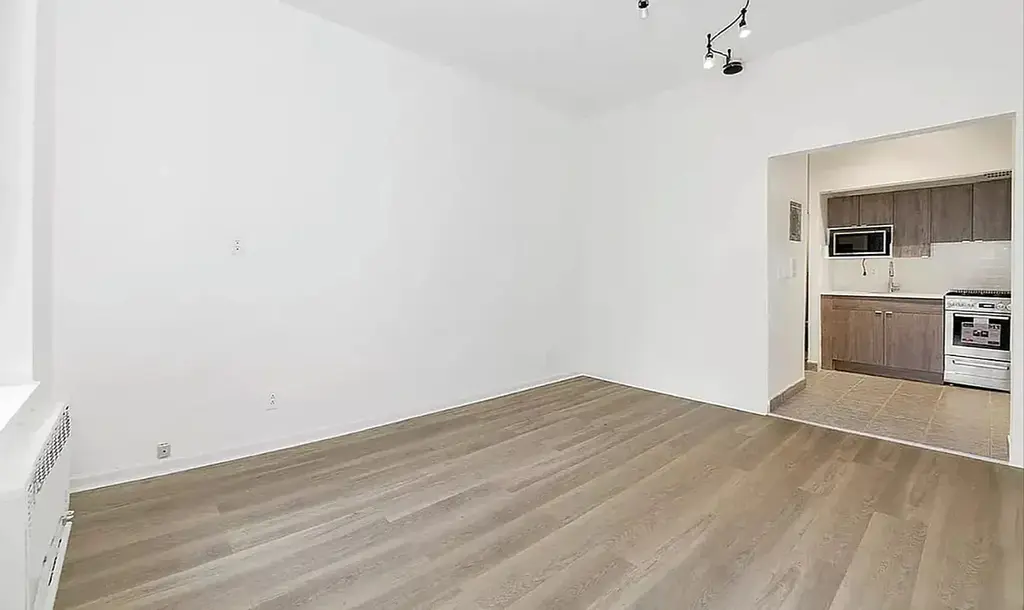
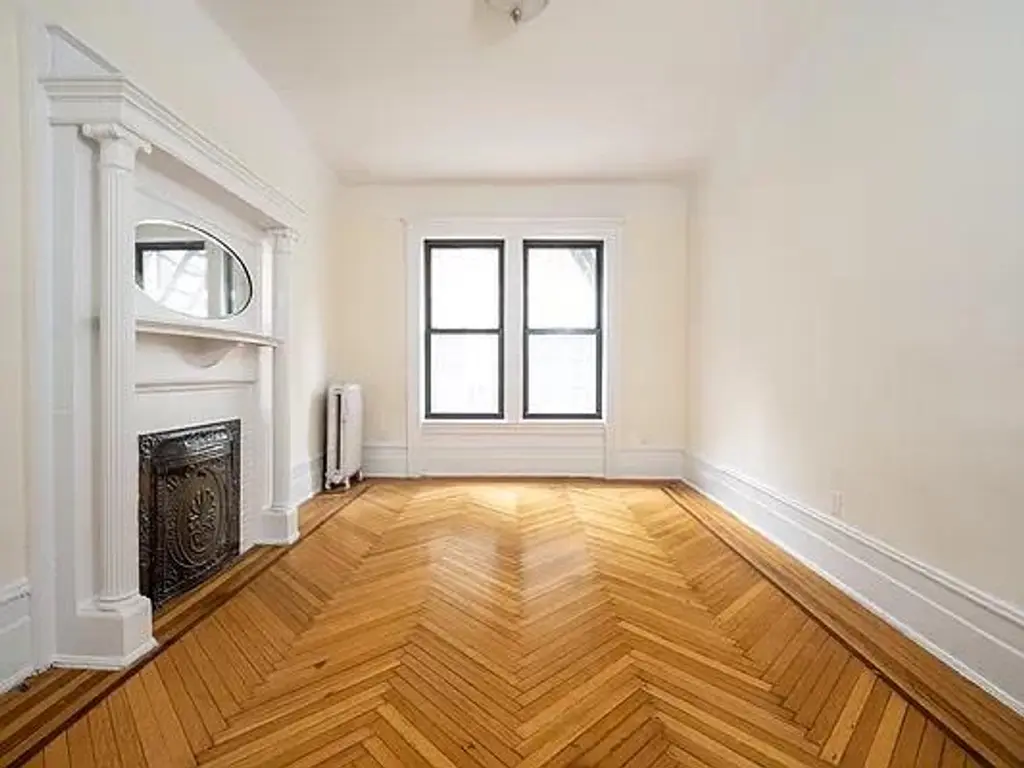
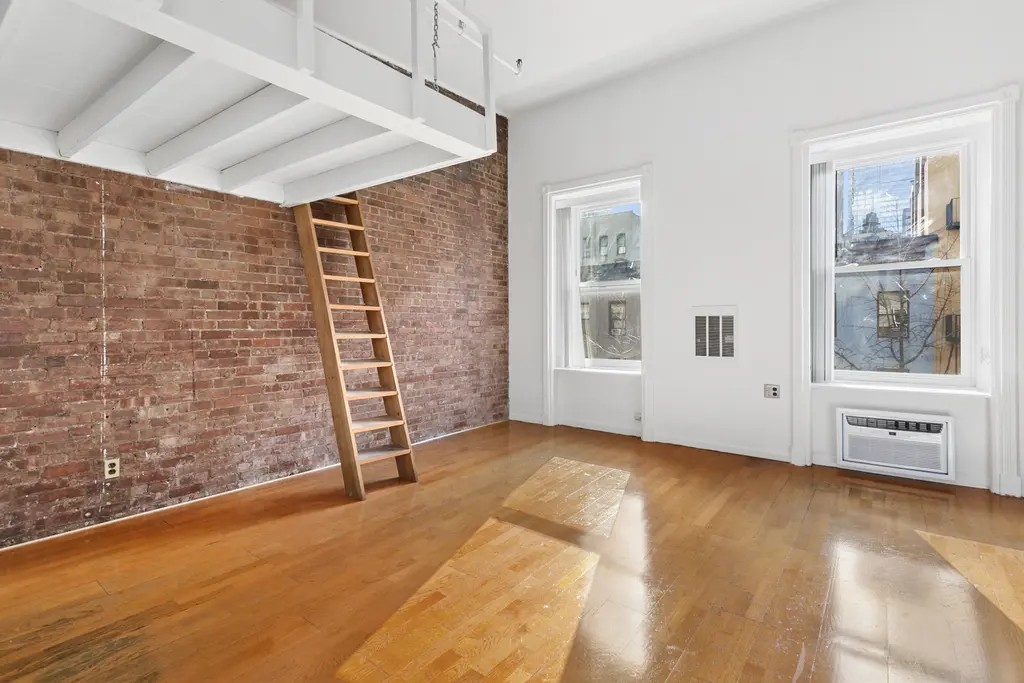

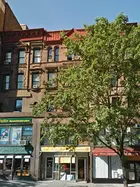
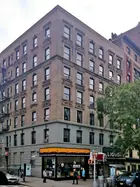



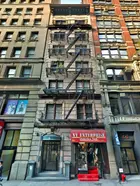

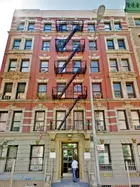
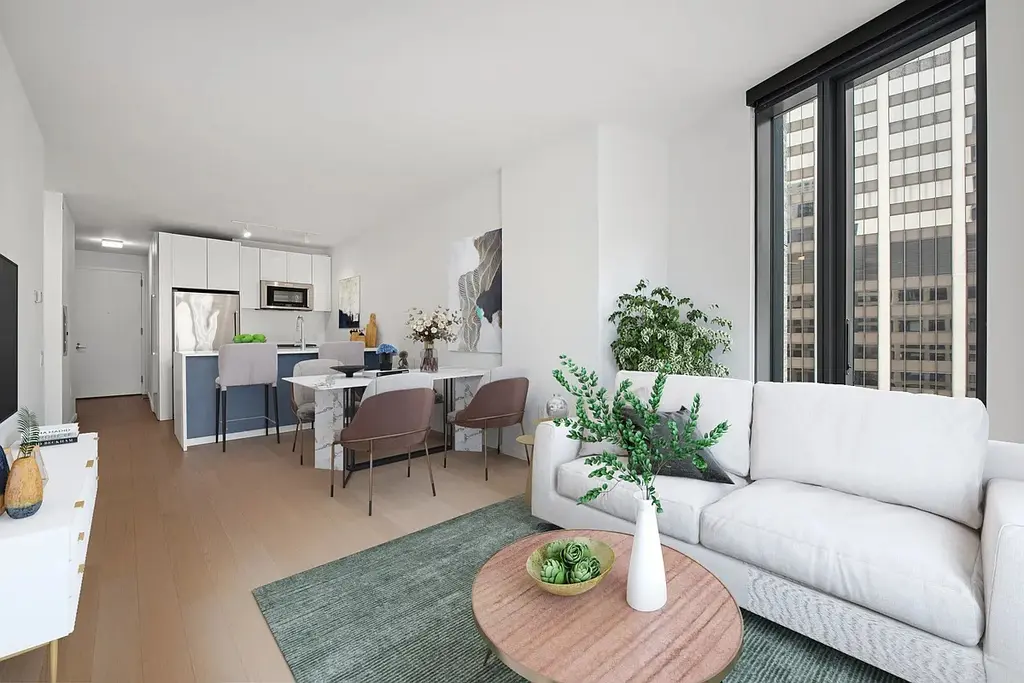
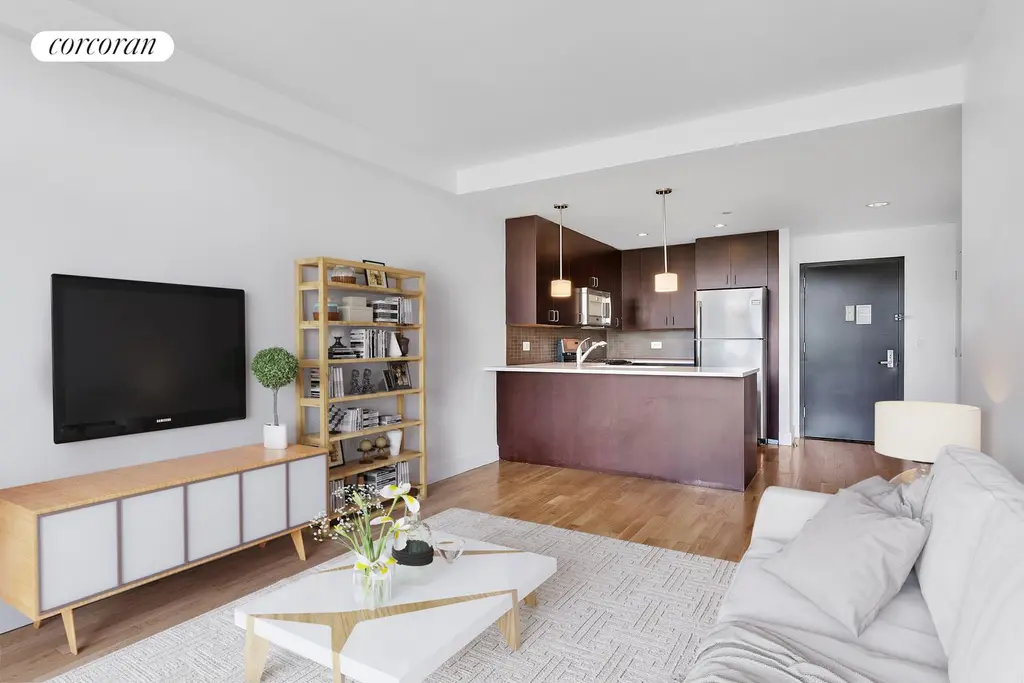
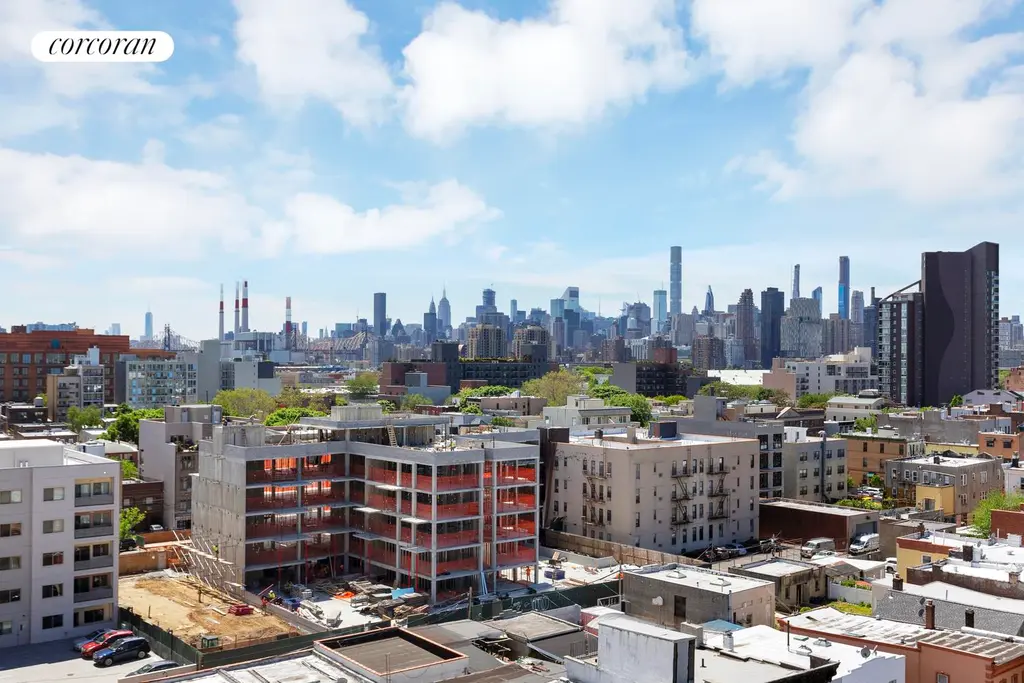
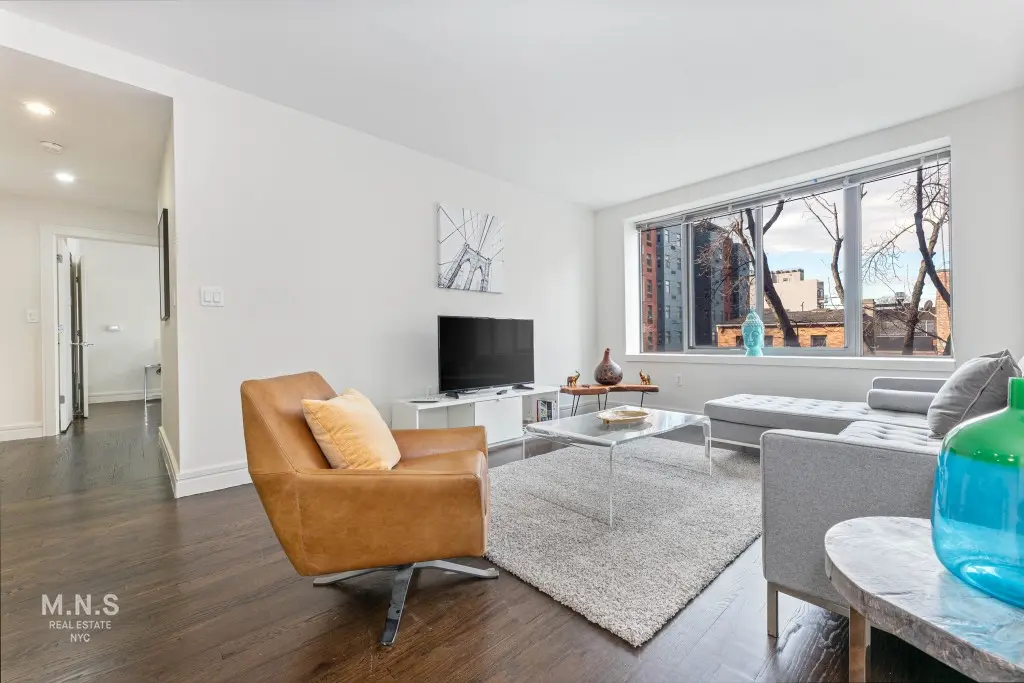
 6sqft delivers the latest on real estate, architecture, and design, straight from New York City.
6sqft delivers the latest on real estate, architecture, and design, straight from New York City.
